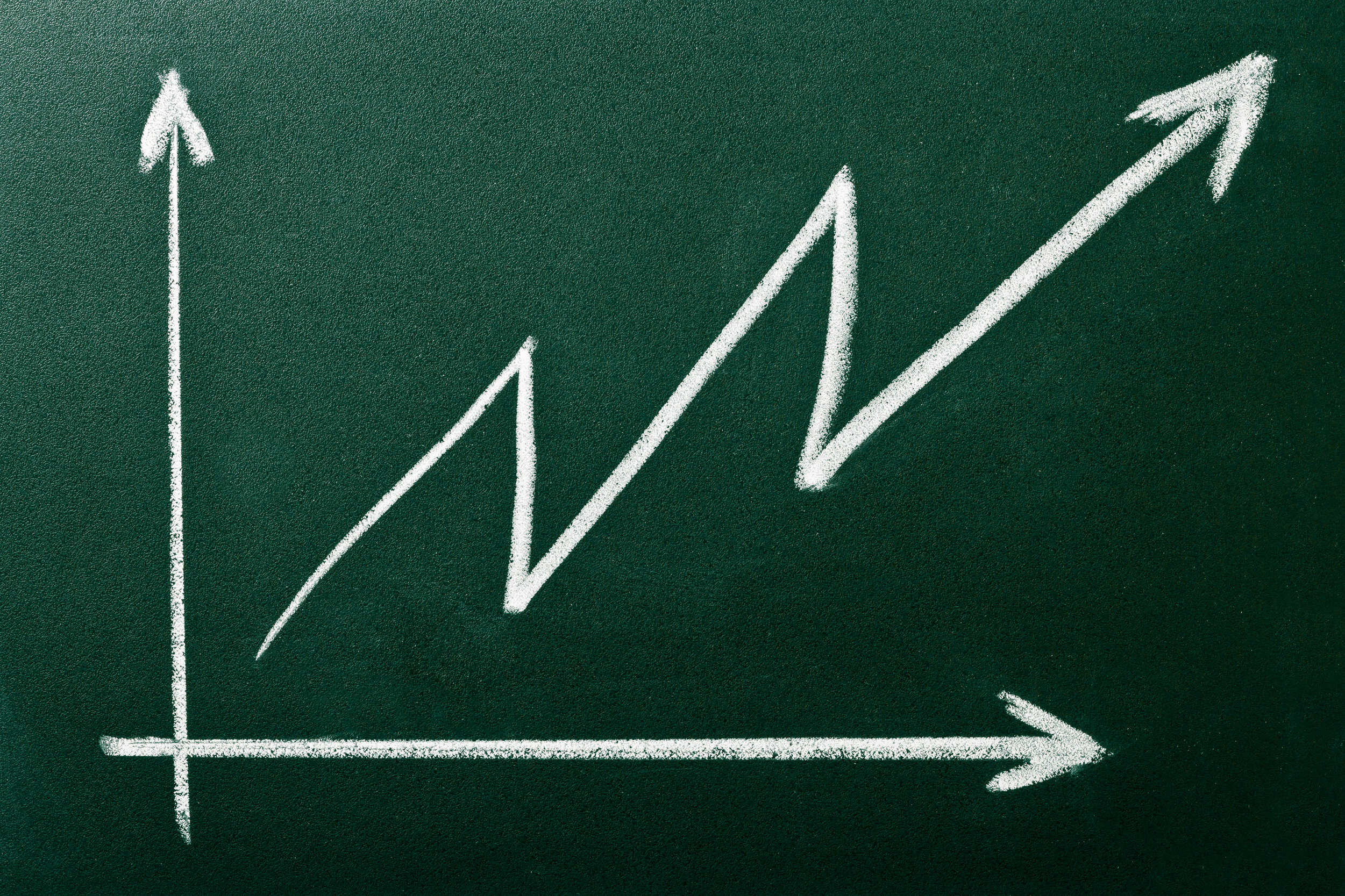
Wyckoff Method: A Guide to Market Phases and Patterns
The Wyckoff Method, developed by Richard D. Wyckoff in the early 1900’s is a tried and true technical analysis approach that focuses on market structure, demand and supply. Wyckoff’s principles have become the foundation for understanding the big players, or “composite operators” and the cyclical nature of the markets. This guide covers the Wyckoff distribution pattern, accumulation schematic, events and phases and how to apply the Wyckoff method to your trading.
Table of Contents
What is Wyckoff and the Logic
The Wyckoff Method is about analyzing trends by identifying the accumulation and distribution phases that occur in cycles. Wyckoff believed the big institutional investors, who he called “composite operators” controlled the market. They accumulate or distribute at key levels and the price moves can be read through the chart patterns.
Wyckoff’s Rules
- Law of Supply and Demand: Price changes are due to an imbalance of supply and demand. When demand is greater than supply prices go up, when supply is greater than demand prices go down.
- Law of Cause and Effect: A price move (effect) is due to a cause which occurs during accumulation or distribution phases. Wyckoff used this principle to determine the size of the price move.
- Law of Effort vs. Result: The relationship between volume (effort) and price action (result) tells us if a trend will continue or reverse.
These are the foundation of the Wyckoff methods which state that markets move in phases that can be analyzed and used to anticipate future price action.

Wyckoff Events and Phases
The Wyckoff Method breaks the market down into four main phases, each with specific events and behaviors. These phases are accumulation, markup, distribution and markdown which is the natural cycle of the market.
Phase 1: Accumulation
Accumulation is the phase where the big players buy at low prices before an up trend. In this phase prices consolidate as demand builds up without much price movement. This phase includes the following Wyckoff events:
- Preliminary Support (PS): This is the end of a down trend as buying starts to emerge.
- Selling Climax (SC): A point of panic selling where big volume means sellers are exhausted.
- Automatic Rally (AR): After the Selling Climax prices bounce sharply as selling pressure subsides.
- Secondary Test (ST): A test of the previous support level to see if demand can hold higher prices.
Phase 2: Markup
After accumulation the markup phase begins as price action becomes an up trend, demand is increasing. This phase often coincides with the bigger market rallies and can last for a long time with higher highs and higher lows. Demand is greater than supply and traders can look for continuation patterns to confirm the trend.
Phase 3: Distribution
Distribution is the opposite of accumulation. Here big investors start to sell their positions gradually. The process includes the following Wyckoff events:
- Preliminary Supply (PSY): The selling pressure starts to emerge and slows down the up trend.
- Buying Climax (BC): The up trend reaches a peak as prices go up with big volume, often with a final buying frenzy.
- Automatic Reaction (AR): Prices decline sharply as the initial selling pressure absorbs the excess demand.
- Secondary Test (ST): A final test at the distribution zone to see if there is enough demand to hold higher prices.
Phase 4: Markdown
After the distribution phase is complete the markdown phase starts a down trend as selling pressure exceeds demand. This phase often includes rapid price drops and is characterized by lower highs and lower lows. Traders should avoid longs in this phase as prices will continue to go down until the market reaches another accumulation zone.
Wyckoff Distribution Pattern
The Wyckoff distribution pattern also known as the distribution schematic is a specific setup within the distribution phase that signals a top is forming. Big operators are selling to the small guys. Wyckoff’s analysis breaks the pattern down into events and phases:
- Phase A – Preliminary Supply: Uptrend is weakening with increasing volume.
- Phase B – Building a Cause: Consolidation at the top where selling continues but prices are flat.
- Phase C – Upthrust After Distribution (UTAD): A fake breakout above resistance, a “bull trap”.
- Phase D – Sign of Weakness: Breakdown of support, end of the up trend.
- Phase E – Markdown: Start of a down trend with decreasing prices and lower volume.
The Wyckoff distribution pattern is a signal for traders to look for a top, as it marks the change from bullish to bearish momentum.
Wyckoff Chart Patterns and the Accumulation Schematic
Another important concept in the Wyckoff Method is the accumulation schematic which is a market bottom where big operators are buying assets. Like the distribution schematic the accumulation schematic follows a pattern with distinct phases:
- Phase A – Selling Climax (SC): Big volume at the market bottom.
- Phase B – Building a Cause: Sideways consolidation as institutions buy at lower prices.
- Phase C – Spring: A minor dip below support to trigger stop-losses and allow big buyers to accumulate more.
- Phase D – Sign of Strength: Breakout from consolidation, demand confirmed.
- Phase E – Markup: Start of a new up trend as demand exceeds supply.
The accumulation schematic is a signal for traders to look for a bottom as it marks the end of a down trend and the start of a bullish phase.
Applying the Wyckoff Method to Trading
Traders can apply the Wyckoff Method to short term and long term trading by focusing on Wyckoff’s events and phases to enter and exit. The method’s main goal is to help traders understand market cycles and anticipate the next price move. Here’s how to apply it:
- Accumulation and Distribution Zones: By understanding accumulation and distribution phases traders can know when the market will reverse.
- Volume Confirmation: Wyckoff’s Effort vs. Result law says to use volume to validate price action, which is helpful in confirming trends.
- Event Tracking: Traders can track specific Wyckoff events like Buying Climax and Selling Climax to know where to buy and sell.
- Chart Patterns and Breakouts: Recognizing Wyckoff patterns like springs in accumulation or upthrusts in distribution allows traders to anticipate breakouts and reversals.
Wyckoff Tools
Wyckoff analysis is based on volume and price. Traders can use the following tools to enhance their Wyckoff analysis:
- Bar Charts and Candlestick Patterns: Best for spotting Wyckoff events and phases.
- Volume Indicators: Wyckoff’s laws say volume is important so volume indicators are useful for confirmation.
- Moving Averages and Trendlines: These can help confirm Wyckoff phases especially during markup and markdown.
Wyckoff analysis is one of the most powerful way to read market sentiment and know what big players are doing, so traders can make data driven decisions.
Wyckoff Method vs. Other Trading Methods
The Wyckoff Method is different from other popular trading methods like moving averages or Elliot Wave Theory in that it focuses on market cycles and big players. Here are a few reasons why traders may choose the Wyckoff Method:
- Market Cycle Awareness: Wyckoff looks at the full cycle of accumulation, markup, distribution and markdown.
- Supply and Demand: Unlike methods that focus only on technical indicators, Wyckoff looks at the underlying market dynamics.
- Timeless: Developed in the 1900s but applies to modern markets like stocks, forex and cryptocurrency.
It requires understanding of volume analysis and market psychology but the Wyckoff Method is a flexible approach that can be applied to any market and timeframe.
Summary
The Wyckoff Method is a foundation of technical analysis, it gives traders a way to understand market cycles and big players. By studying market phases – accumulation, markup, distribution and markdown – traders can anticipate trend changes and know where to enter and exit. The Wyckoff distribution pattern and accumulation schematic is the framework to identify tops and bottoms in the market.
By applying Wyckoff’s laws and focusing on volume, supply and demand and specific chart patterns traders can trade profitably in any market. It may take time and practice to fully understand the Wyckoff Method but this is a foundation for both new and experienced traders who want to read the market and make data driven decisions. Whether in stocks, forex or cryptocurrency the Wyckoff Method is a must have tool for traders worldwide.







Comments: 0